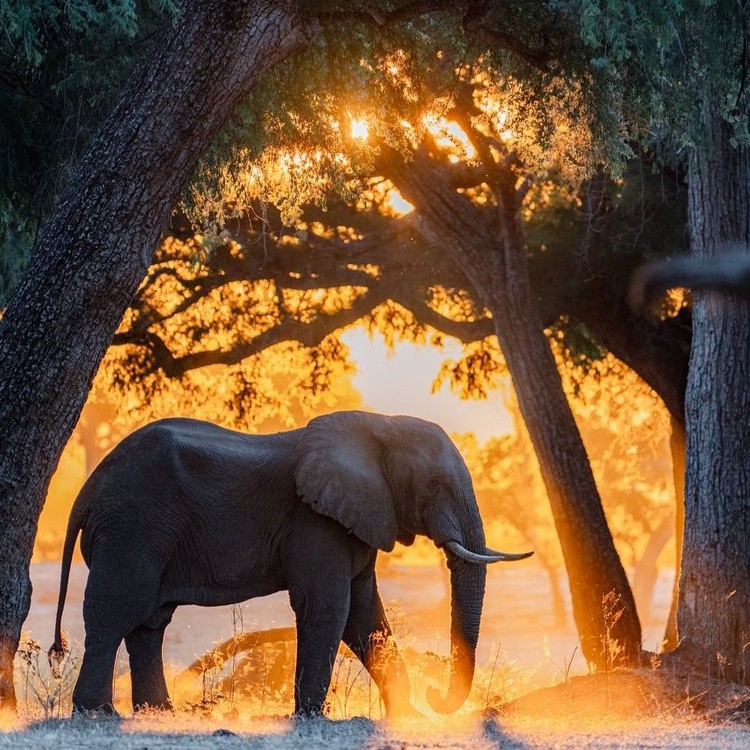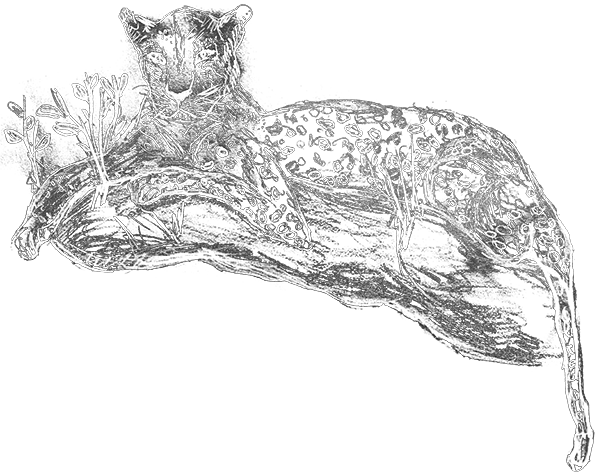✦ Mana Pools National Park
✦ Hwange National Park
✦ Victoria Falls by Helicopter
Zambia is one of Africa’s last true wildernesses – vast, untamed, and refreshingly unspoiled. On a Zambia photography tour, you’ll experience a land of prolific wildlife, sweeping landscapes, and raw beauty that speaks to the soul. For those in search of authentic Africa, few destinations compare.
From the thunder of Victoria Falls (Mosi-oa-Tunya, “The Smoke That Thunders”) to the golden grasslands of the Busanga Plains, Zambia offers a rich tapestry of subjects to capture. Glide silently along the waterways of the Lower Zambezi, track leopard through South Luangwa’s dense bush, or seek out the rare shoebill in the Bangweulu Wetlands – each location offering a new and unforgettable frame.
✦ Mana Pools National Park
✦ Hwange National Park
✦ Victoria Falls by Helicopter
November to March is generally the best time for tours in Benin, as the weather is cooler, drier, and more predictable, making it ideal for outdoor activities and photography. The annual Voodoo Festival happens on 10 January each year. The FROST team is privy to 'insider' information about special pre- and post-festival celebrations.
April-May can still be good for photography, but the heat can be challenging.
May to October offers a different experience with lush landscapes, but the rain can disrupt travel plans.
Festivals & Events: Voodoo Festival and Gaani Festival. Contact the FROST team for more details on festivals.


South Luangwa National Park is often hailed as the birthplace of the walking safari, offering an intimate and immersive wildlife experience. Its meandering Luangwa River draws large concentrations of elephant, hippo, and crocodile, while the park is renowned for its exceptional leopard sightings. What sets South Luangwa apart is the golden light at sunrise and sunset, casting a warm glow that transforms each moment into a photographic masterpiece.
Whether you’re tracking predators on foot or capturing stillness from a hide, this region delivers consistent rewards for wildlife photographers.
Lower Zambezi National Park is a dream location for photographers drawn to water-based safaris and atmospheric landscapes. Set along the mighty Zambezi River, the park offers stunning scenes of elephants drinking at the water’s edge, buffalo herds crossing the floodplains, and predators like lion, leopard, and wild dog in action. Framed by Ana Tree forests and bathed in golden light, the park’s soft mists and still waters create a unique photographic atmosphere. With fewer crowds and incredible wildlife encounters, Lower Zambezi is a highlight of any Zambia photography tour, especially for those seeking intimate and dynamic wildlife moments.


Victoria Falls, one of the world’s most spectacular natural wonders, offers a breathtaking display of raw power and beauty. Known as “The Smoke That Thunders,” this colossal waterfall creates a mist that rises like smoke, often framing vibrant rainbows in the sunlight. The surrounding landscape, with its lush rainforests and the mighty Zambezi River, provides endless photographic opportunities, whether capturing the falls in full force during the rainy season or the serene landscape in the dry season. As part of a Zambia photography tour, Victoria Falls is a must-see destination for photographers seeking dynamic, awe-inspiring shots.
Kafue National Park, one of Africa’s largest and oldest protected areas, offers vast, uncrowded wilderness perfect for wildlife photography. Its rich mosaic of habitats – from open savannah to wetlands and woodlands – supports large herds of antelope, apex predators, and over 500 bird species. The remote Busanga Plains, in particular, are known for their atmospheric light and open horizons. Here, photographers can capture dramatic scenes of lion prides at dawn or herds moving through golden grass. As part of a Zambia photography tour, this region offers unmatched opportunities to document wildlife in raw, untouched settings with few other vehicles in sight.


A remote mosaic of swamps, floodplains, and grasslands, the Bangweulu Wetlands are a haven for rare and remarkable wildlife. Most notably, they offer one of the best chances to photograph the elusive, prehistoric-looking shoebill stork in its natural habitat. The wetlands are also home to tens of thousands of black lechwe and an astonishing diversity of birdlife. With still, reflective waters and soft morning mist, the scenes here often feel surreal and otherworldly. For photographers on a Zambia photography tour, Bangweulu — meaning “where the water meets the sky” — promises some of the most unique and atmospheric wildlife images in Africa.
Trusted ground teams in remote destinations
Responsible Travel Code of Ethics
Exclusive Small-Groups Only
SATIB Insured & Global Rescue Partner
Extensive Tour Inclusions
Dedicated Private Photographic Guides
Ethnographic & Wildlife Photography Specialists
Kirsten kept an eye on all the logistics and worked nonstop to get up early and get us on location. If there’s a good photo shot to be had, he always made sure we had plenty of opportunity to get the pictures we want and many helpful suggestions for making better shots, whether it’s an alternative angle or tweaks to the camera. Some tour guides tend to get caught up in the moment and shot a lot of pictures themselves but he never shot photos himself unless to test the lighting or if we were all done and I appreciate this because it’s hard to resist in such a location.




Stay ahead of the adventure. Be the first to know about our newest destinations—sign up now!

